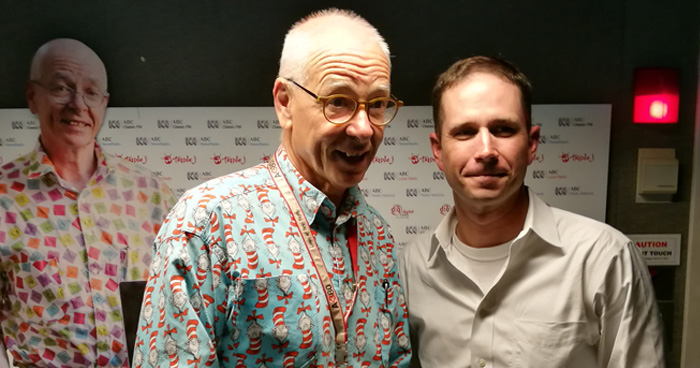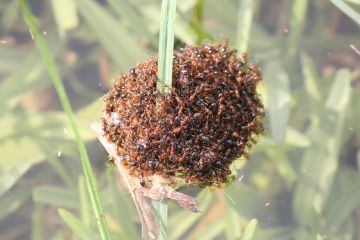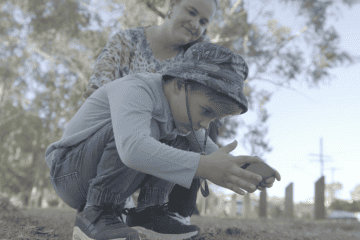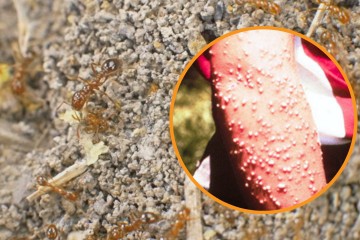After spending a week travelling across Australia with Texan Dr Robert Puckett we can only conclude that he was the perfect person to explain the hellish nature of living with fire ants.
Not only because he’s a native of the southern United States, where fire ants have been out-of-control for decades, but because part of his job at Texas A&M University is to share his knowledge with the public.
While briefing Australia’s deputy prime minister Barnaby Joyce in Canberra it quickly became clear Mr Joyce will be a leading advocate in garnering the increased funding needed from all of Australia’s national, state and territory governments for the fire ant eradication program.
“So what this means is that if you are in Hyde Park in Sydney or if you are in Hay in western NSW, if we get fire ants, if they break out of southeast Queensland, we have got a major problem and that is why our nation has to really put our shoulder to the wheel and deal with this,” Barnaby Joyce told Dr Puckett.
“It means more money. I hope to deal with this.”
Dr Puckett was at home answering questions about which fire ant baits to apply in which situation, explaining health risks and giving examples of what happens when fire ants are not controlled.
As well as speaking at five public forums Dr Puckett also met with key government advisers across the country. While in NSW he stopped representatives from the environment minister’s office in their tracks with this statement: “Just select any aspect of life and I will tell you how fire ants have impacted.”
They ended up picking water, and Robert then explained how fire ants short the electrical circuitry of water pumping stations in Texas. Repairs are costly and impact drinking water supplies, farming irrigation and factory operations.
He itemised the $5.6 billion in annual costs the US foots in controlling and managing fire ant damage. As Robert emphasised during our meetings, “that is billion, with a capital B”.
Human costs of fire ants
Although an entomologist by trade Dr Puckett didn’t shy away from discussing the human impacts of fire ants. He went into some detail about a tragic incident that took place in the US a couple of years ago. A young teenage athlete was tackled during football training and landed in a fire ant nest. Masses of the ants swarmed and stung the two footballers, with one of them suffering a massive anaphylactic reaction, going into cardiac arrest and dying.
Since then sporting field managers have become extremely vigilant about ensuring their fields are regularly treated for fire ants and insurance companies have also demanded measures to reduce the risks of future fire ant attacks.

Time is on our side
Dr Puckett’s trip made it clear that while Americans have no choice but to abandon all hope of eradicating fire ants here in Australia we still have time to eradicate this fearsome menace, but it will take a mighty effort of resources, political will and community support.
The benefits of eradication far outweigh the costs, especially when you consider the size and range of impacts fire ants have on the places they infest – huge economic costs, falls in wildlife populations and possible extinctions and of course the risks not just to human health but human lives as well.




